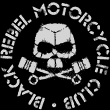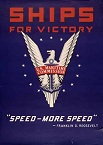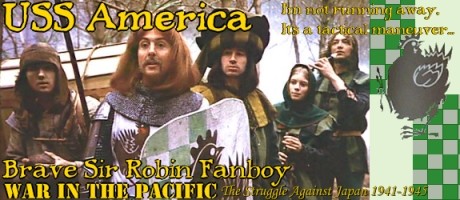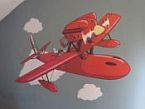kbfchicago
Posts: 359
Joined: 10/17/2009
From: NC, USA
Status: offline

|
Only a few points to touch on following Mike's (Sir Robin) post and well documented step by step guide....
re:points 7 & 8. Those are my "observations", no specific analysis to confirm or refut. However...my observations (into Jun '44 campaign as Allies) are that units train faster when they have at least one pilot with any significant experience in the sqdn. For a bunch of flight school noobs that can be a guy in the 50s. If I can spare'em I'll put a TRADOC quality guy in the unit (+81), however even a lesser qaulity exp. pilot "seems" to help. This is based on my undocumented observation of marine fighter units training side by side over a years period of time. Some with an exp pilot, some without. I did NOT take note (as mentioned in another post here as a possible factor) of any vairences in the squadron leaders attributes. On the airframes I was less observant but same general analysis - units I left with the default 2 airframes did not seem to train as fast as those with more. I use "4" as my minimum for state side training squadrons, raising them to at or near full strength when I have gently used airframes no longer suited for front line duty available (i.e. P39Ds in 1943-44, P40Es in 43, etc...).
re:point 11. As Mike noted - early on it's the ones restricted to the US. My other observations:
- You get LOTS of Marine air units - I keep (about) 6 ftr, 2 DB, 1 or 2 TB as training units. Occasionally I'll promte one to the front line and use the next sqdn that arrives to fill the training gap. Caution! Read your Marine units carefully...I found one just the other day I had not noticed started as "carrier trained" (and was doing west coast training duty), meanwhile...I've got 4 CVEs parked off San Diego trying to train up marine carrier cable to carrier trained to give my Navy fly guys some depth and help...ooops (If my advisary reads this...that would be San Diego Maine - vs San Diego CA :-)
- You get NO Naval air units until the VRF sqdns and CVE sqdns show up that you can dedicated to training. Early on I started using the coastal defense ASW & search sqdns as dual mission - protecting the coast and training to provide a pool of pilots through 43ish. Somewhere on the forum here I've got a post that talks about that technique... Once the VRF sqdns come you can load them up with pilots for training as well as replenishment duties. I have also reserved a few other smaller CVE units as (land based) training units out of the west coast to attempt to keep up a pool of guys who can at least land and take off without killing themselves.
- Plenty of Army fighter units are left in the states to provide a strong pool of trained pilots. With the exeption of the first few months building up a base I've never lacked for trained Army fighter replacements.
- Initially there are a few Army bomber units. However, you will quickly outpace the ability of these few sqdns to provide enough trained replacments as you get into mid-43. I've dedicated a couple of extra units stateside for training that could have been deployed. I've also "double dipped" by using stateside P39 and P38 training units to train in ground attack, allowing me to promote pilots from these units to fighter, fighter bomber, or light bomber (B25, A26) units.
- I don't usually worry about Naval Search (i.e .PBYs), ASW, or recon, stocking and restocking these units with "newbies" right out of flight school almost all of the time. I always leave these units with 10-30% training even on the front line to help make up for this. (disclaimer...I've been burned a few times by...less than adequet recon...both a result of how often and how qualified my pilots have been who've been doing recon, so I may relook this in my next game). I've also been less than impressed with my naval searches ability to warn me. Lots of factors involved here however so I don't think the full brunt falls on initial low aircrew quality. But this is an area I've clearly taken additional risk...in order to focus on the fighters and bombers.
- Transport pilots I do keep one Sqdn Naval, one Marine, and a couple Army stateside to generate a pool of pilots. I did not do this initially, stocking and restocking with newbies but noted a fairly high operational casualty rate so figured I'd at least provide nominal training (into the 40s) before deployment to the front lines.
- Lastly...another technique is to keep your "quite" front line units doing training + nominal general defense duties. Examples are your units at Pearl and those up in Alaska. Then periodically cull them for (some) of their experienced pilots. Like the PBYs and Recon units I'll split missions with training. Example; putting the Pearl Harbor defensive Army fighters in 50 Cap, 30 Train, 20 rest. Over 2-3 months you'll be able to pull 1/3 of pilots out for duty in front line units and replace with newbies. In 6 months those newbies are ready to be culled and put in the replacement pool then sent to units in New Guinea as 50-60+ trained.
|
 Printable Version
Printable Version

















 New Messages
New Messages No New Messages
No New Messages Hot Topic w/ New Messages
Hot Topic w/ New Messages Hot Topic w/o New Messages
Hot Topic w/o New Messages Locked w/ New Messages
Locked w/ New Messages Locked w/o New Messages
Locked w/o New Messages Post New Thread
Post New Thread